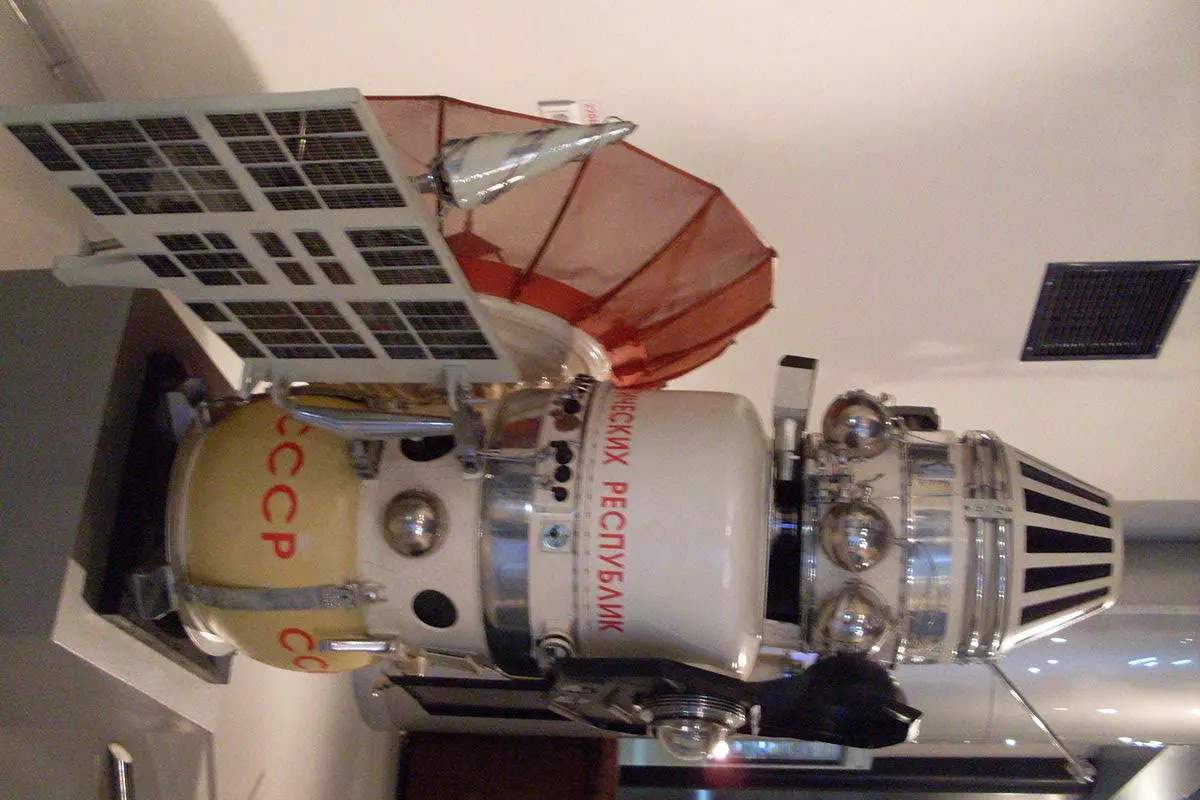On June 12, 1967, the Soviet Union launched Venera 4, which means “Venus 4” in English, a probe in the Soviet Venera program for the exploration of the planet Venus. It became the first successful probe to perform in-place analysis of the environment of another planet.
10 Amazing King Cobra Facts

King cobra (scientific name: Ophiophagus hannah) is one of the most venomous snakes on Earth. Their most distinctive attribute is that distinctive hood that flares around their face when they are aggressive or in defense. Due to their huge size and color patterns, they can easily be distinguishable from other cobras. Here are 10 amazing king cobra facts.
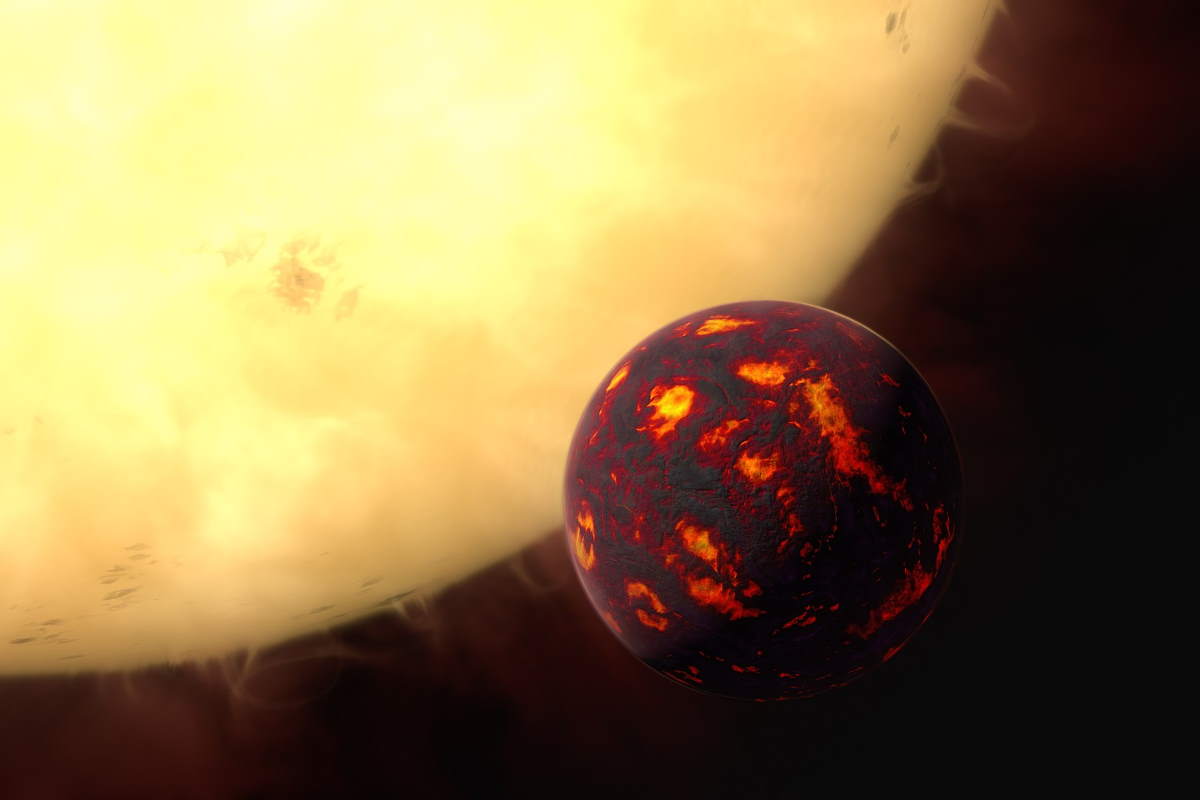
Earth and the entire Solar system carry a significant abundance of precious stones and metals. The history of human’s lust for these stones is as old as the earth itself. Earth has embedded in its crust some precious rock of billions of worth. Some of these precious stones are diamonds, black opal, ruby, emerald, red beryl, alexandrite, etc. Therefore, humans have been searching for them since the beginning of the earth. However, the most exorbitant gemstone that has gathered the spectators’ attention is the diamond.

Is faster-than-light (FTL) travel possible?
Ever since astronomers found that Earth and the Solar System are not unique in the cosmos, humanity has dreamed of the day when we might explore nearby stars and settle extrasolar planets. Unfortunately, the laws of physics impose strict limitations on how fast things can travel in our Universe, otherwise known as Einstein’s General Theory of Relativity. Per this theory, the speed of light is constant and absolute, and objects approaching it will experience an increase in their inertial mass (thereby requiring more mass to accelerate further).
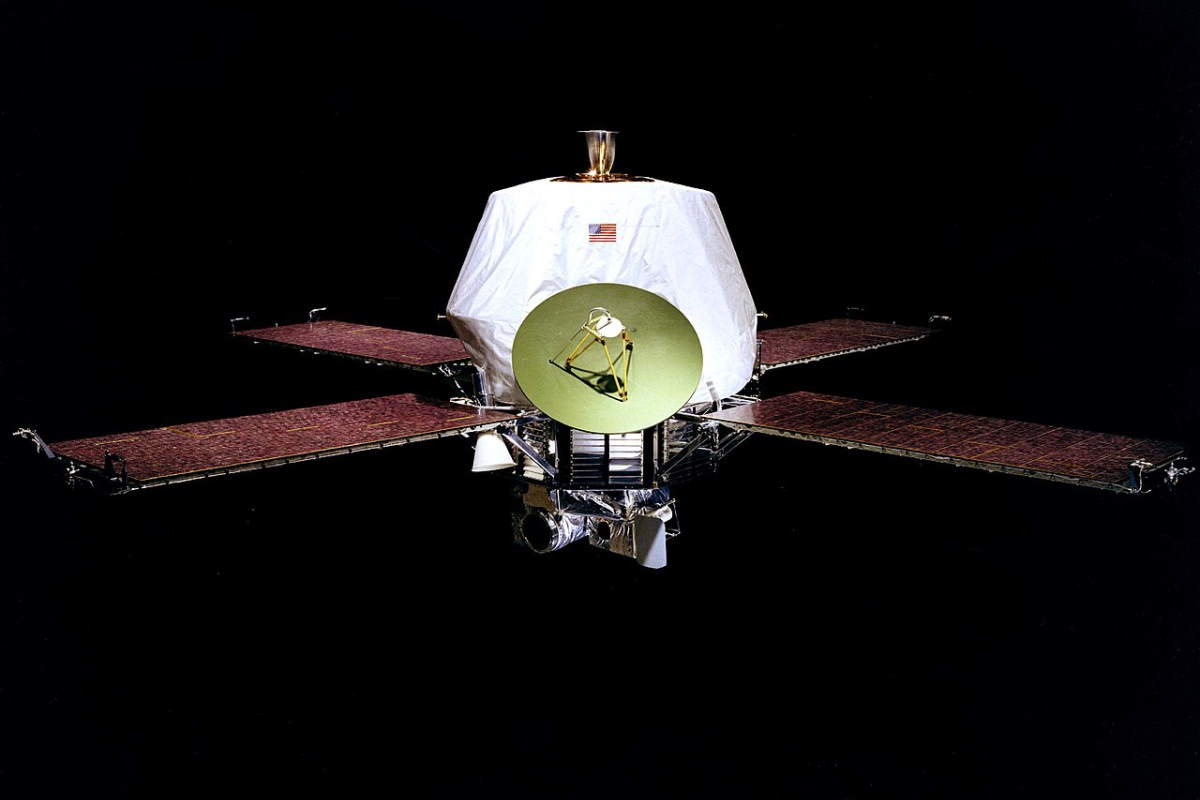
On May 30, 1971, Mariner 9 robotic spacecraft was launched from LC-36B at Cape Canaveral Air Force Station, Florida on top of an Atlas SLV-3C Centaur-D rocket. It reached Mars on November 14 of the same year and became the first spacecraft to orbit Mars, and in general, another planet.

The European Space Agency (ESA), an international organization dedicated to the exploration of space was founded on May 30, 1975.
Shortly after its formation, on August 9, 1975, the space agency ESA launched its first major scientific mission, Cos-B, a space probe monitoring gamma-ray emissions in the universe, which was first worked on by ESRO (European Space Research Organization, one of the precursors of the European Space Agency).
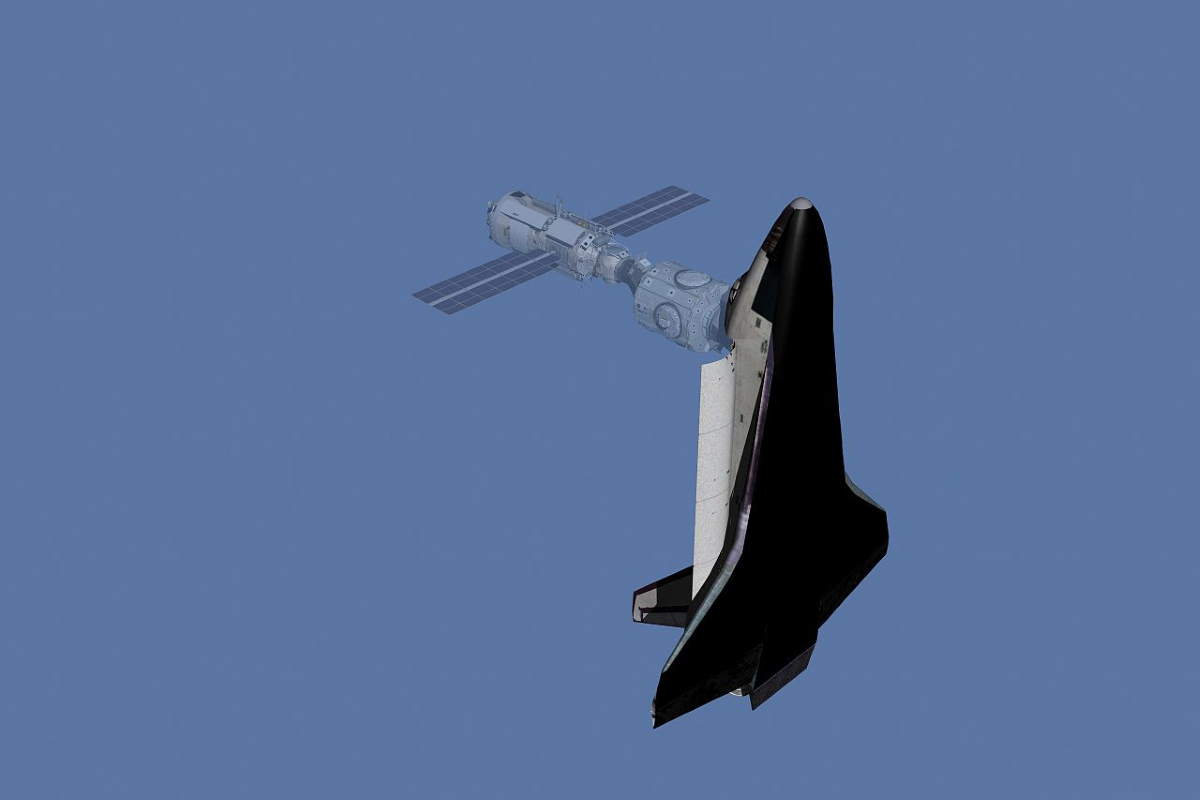
On May 29, 1999, the STS-96 crew aboard the Space Shuttle Discovery became the first to dock with the International Space Station. Using the Integrated Cargo Carrier, Discovery delivered the Russian cargo crane, STRELA, the SPACEHAB Oceaneering Space System Box, and the American crane, ORU Transfer Device, to the space station.
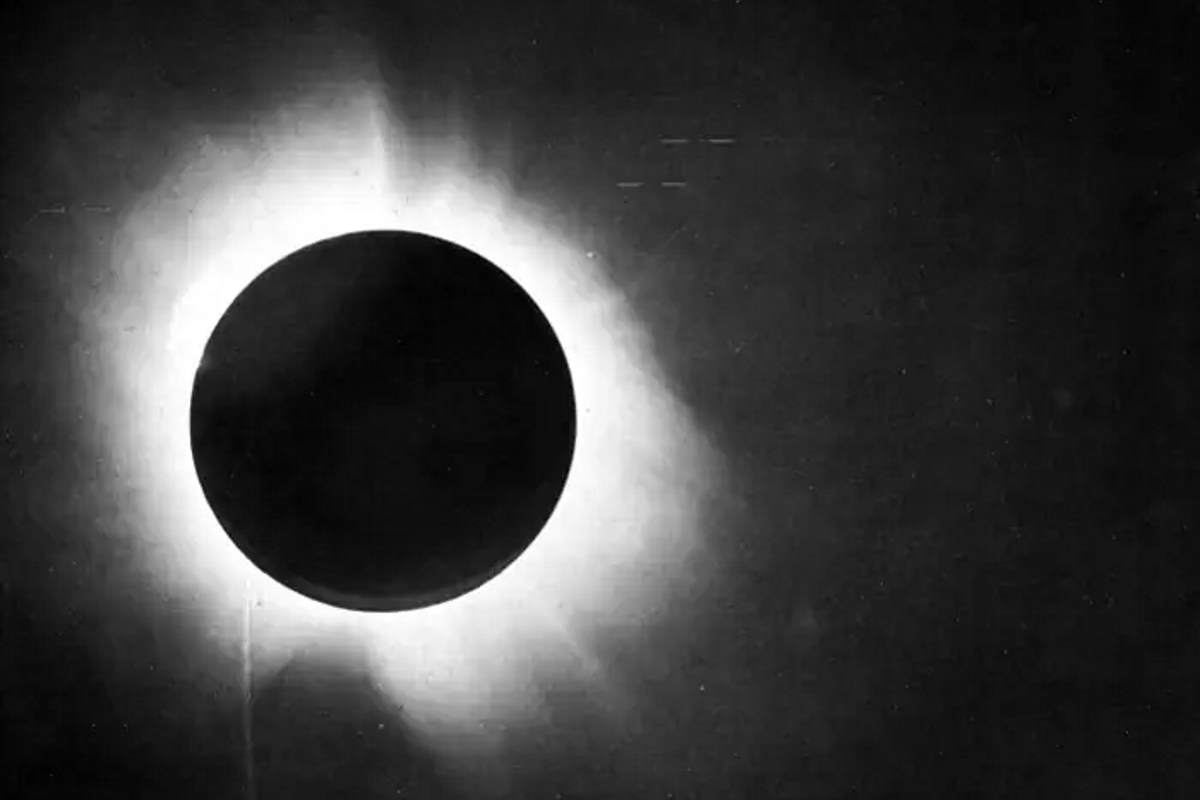
On May 29, 1919, Einstein’s General Theory of Relativity, which was just four-year-old at the time, was put to its first test during a total solar eclipse. Albert Einstein’s prediction of the bending of light by the gravity of the Sun, one of the components of his general theory of relativity, could be tested by measuring how the images of stars shift when the sun is close-by.
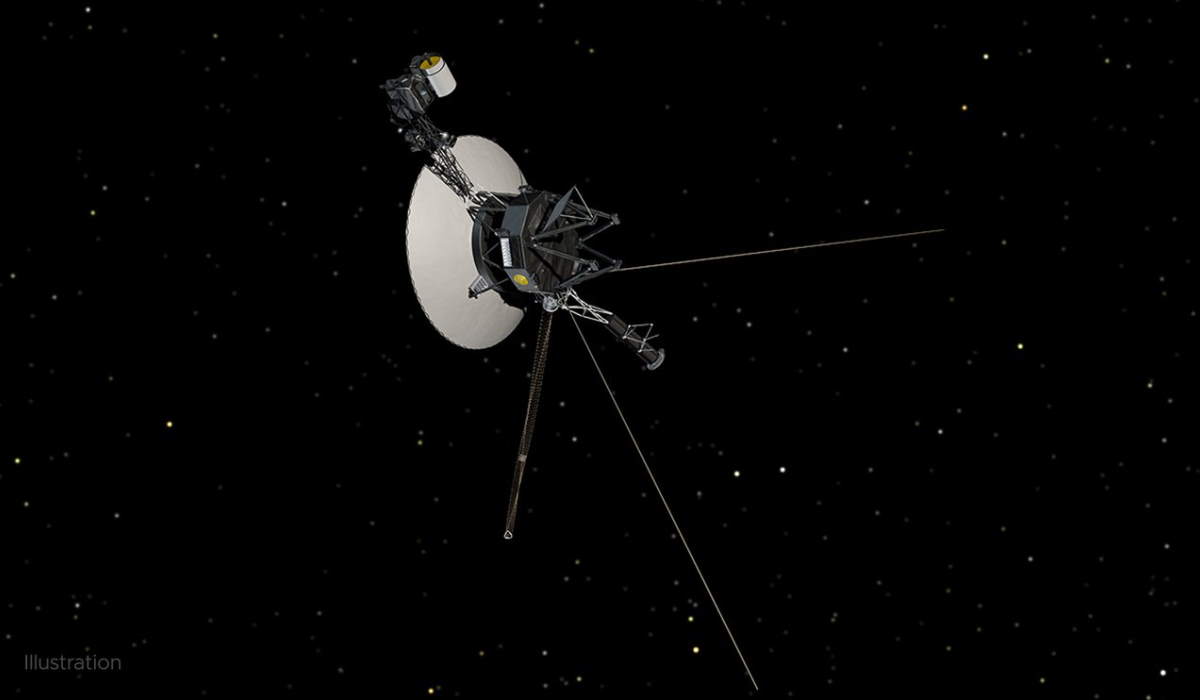
NASA’s Voyager 1 spacecraft has technical problems, it is generating random-looking telemetry data, and as a result, the spacecraft doesn’t know where it is.

In an address to Congress on “Urgent National Needs” on May 25, 1961, John F. Kennedy, the 35th president of the United States called for America to send astronauts to the moon and return him safely to Earth before the end of the decade.
